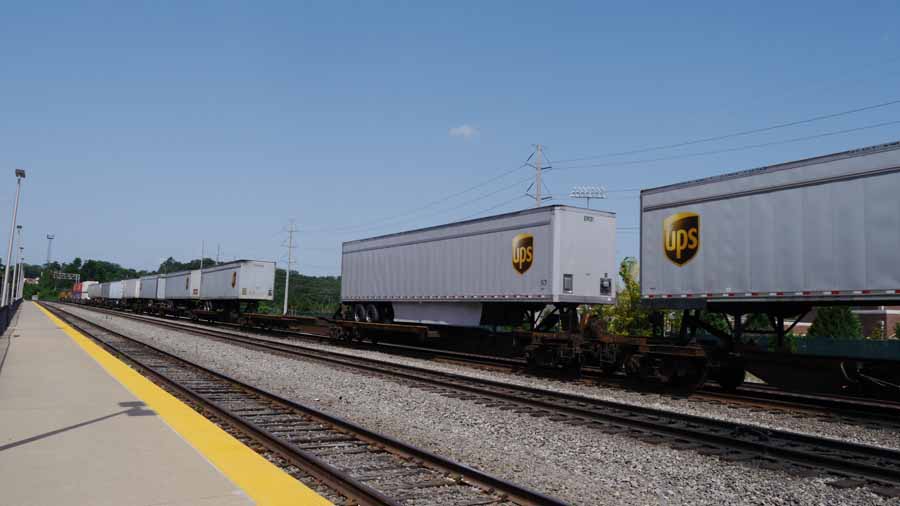I was tracking a UPS package, and saw something very interesting (emphasis added).
Location Date Local Time Activity
Redmond, WA, United States 11/25/2013 11:16 A.M. Arrival Scan
Seattle, WA, United States 11/24/2013 11:58 P.M. Arrival Scan
Minot, ND, United States 11/23/2013 4:27 A.M. Late train.
Eagan, MN, United States 11/20/2013 1:57 A.M. Departure Scan
Eagan, MN, United States 11/19/2013 6:09 P.M. Origin Scan
United States 11/19/2013 2:09 P.M. Order Processed: Ready for UPS
Do you suppose my package was on a BNSF intermodal train, or are they using Amtrak now?
Location Date Local Time Activity
Redmond, WA, United States 11/25/2013 11:16 A.M. Arrival Scan
Seattle, WA, United States 11/24/2013 11:58 P.M. Arrival Scan
Minot, ND, United States 11/23/2013 4:27 A.M. Late train.
Eagan, MN, United States 11/20/2013 1:57 A.M. Departure Scan
Eagan, MN, United States 11/19/2013 6:09 P.M. Origin Scan
United States 11/19/2013 2:09 P.M. Order Processed: Ready for UPS
Do you suppose my package was on a BNSF intermodal train, or are they using Amtrak now?
Last edited by a moderator:



























































